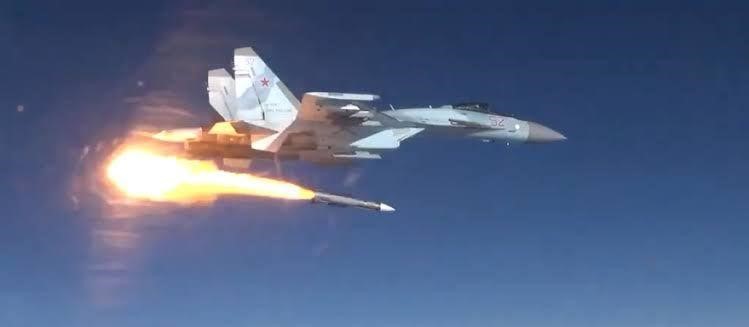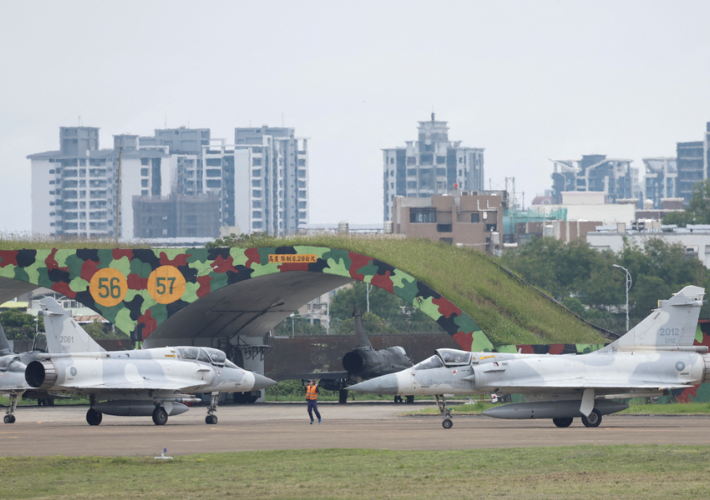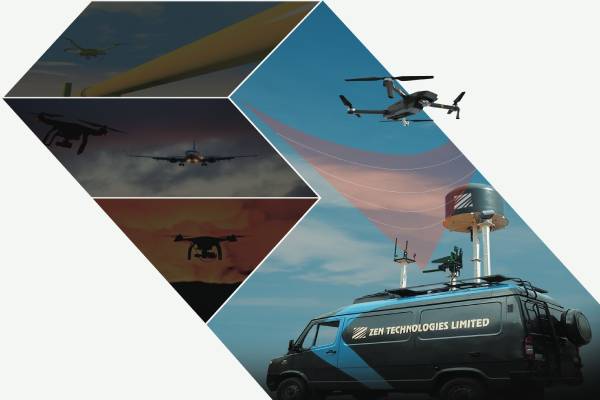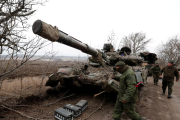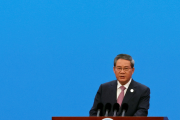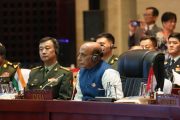In modern warfare, force multipliers such as Airborne Early Warning and Control Systems (AEW&C), aerial refuelling tankers, and Intelligence, Surveillance, Target Acquisition, and Reconnaissance (ISTAR) platforms play essential roles. These assets significantly extend military forces’ operational reach and efficacy by providing critical intelligence, enhancing situational awareness, and facilitating sustained operations over extended durations. Given their strategic significance, the force multipliers of adversaries become primary targets for neutralisation.
A notable instance occurred when Ukrainian forces successfully shot down a Russian AEW&C aircraft using a Patriot PAC-2 missile (160 km range), highlighting the critical need for long-range missile systems capable of effectively neutralising such high-value platforms from safe distances. The strategic imperative of deploying long-range missile systems to counter these force multipliers and secure aerial dominance has fueled global competition to develop advanced missiles with extended ranges.
Global Advancements in Long-Range Missile Systems
Leading global military powers have made notable advancements in developing long-range missiles specifically designed to neutralise high-value aerial targets. Russia has been at the forefront of this effort, deploying advanced surface-to-air missile systems like the S-400 and S-500. These systems boast impressive ranges, capable of engaging targets at distances of several hundred kilometres. The Russian Air Force also employs the R-37 air-to-air missile, which can reach targets up to 300-400 km away. This missile’s extended range allows it to engage force multipliers without exposing the launching aircraft to potential escorts or defensive measures.
China has also made notable advancements in the development of the PL-17 air-to-air missile, which claims a range of 400 km. Specifically engineered to target large aircraft such as AEW&CS and refuelling tankers, the PL-17 significantly reduces opponent battlefield effectiveness.
Amid these rapid expansions of long-range missiles by Russia and China, the U.S. Navy recently unveiled a Super Hornet equipped with the AIM-174, an air-launched version of the RIM-174 Standard Missile 6. This development further highlights the intensifying focus on long-range missile capabilities. With an estimated range of 400 km, the AIM-174 exemplifies the shift towards extended reach in aerial engagements, aiming to neutralise critical enemy assets from considerable distances.
India’s Strategic Advancements in Long-Range Missile Capabilities
India has identified the strategic imperative of long-range missile systems to enhance its air defence capabilities. The Indian Air Force (IAF) has already operationalised the S-400 systems, providing a robust defence against a range of aerial threats. Building on this foundation, the Defence Research and Development Organisation (DRDO) is advancing the development of indigenous long-range Surface-to-Air Missile (LRSAM) systems with ranges up to 400 km under Project KUSHA. This initiative aims to significantly bolster India’s defensive perimeter, with development trials slated to commence later this year.
Moreover, the DRDO is progressing with the Astra Mk3 air-to-air missile, which boasts a maximum range of 340 km. This missile is engineered to engage various aerial targets, including high-value assets such as AEW&CS, enabling the IAF to neutralise threats from a considerable distance. Furthermore, the DRDO plans to develop an Anti-AEW&CS missile featuring a liquid-fueled ramjet engine, currently under development for the STAR (Supersonic Target) system. This new missile is expected to provide India with a potent capability to counter large aerial force multipliers, further fortifying its air defence posture.
Conclusion
Developing long-range missiles is focused on neutralising important force multipliers such as AEW&CS, aerial refuellers, and ISTAR platforms, which play a crucial role in modern warfare. The advancements made in Russia, China, and the U.S. highlight the strategic importance of engaging these high-value targets from extended distances. India, ranked fourth globally in military strength, is actively enhancing its capabilities in this area to strengthen its defence against evolving aerial threats.
Vinay Sadham




